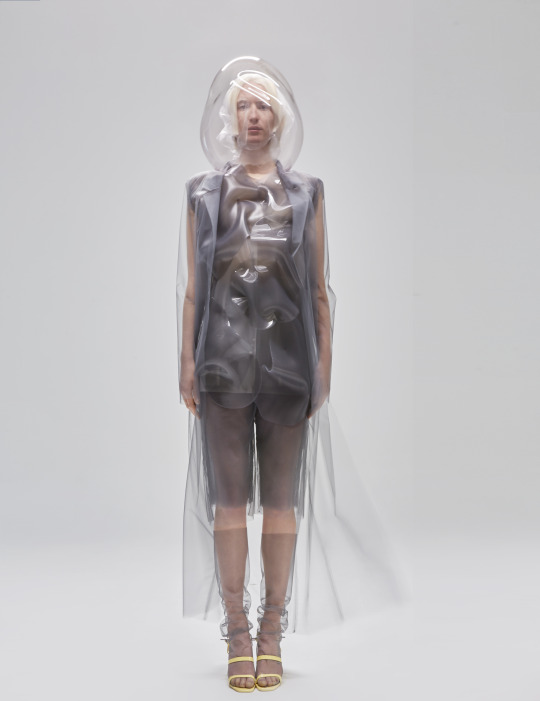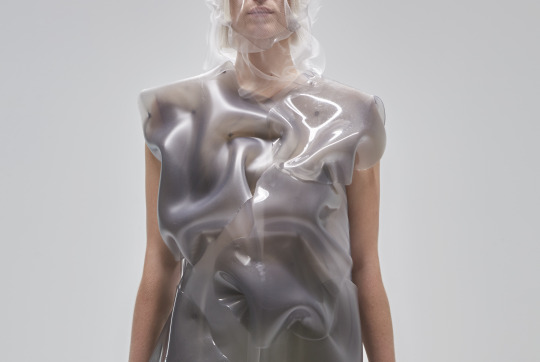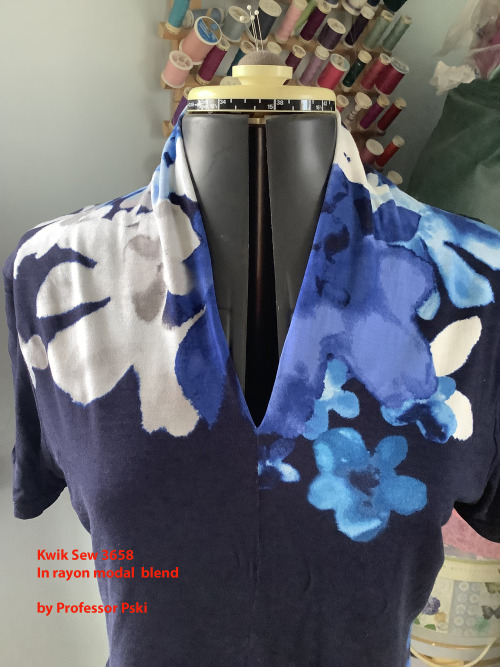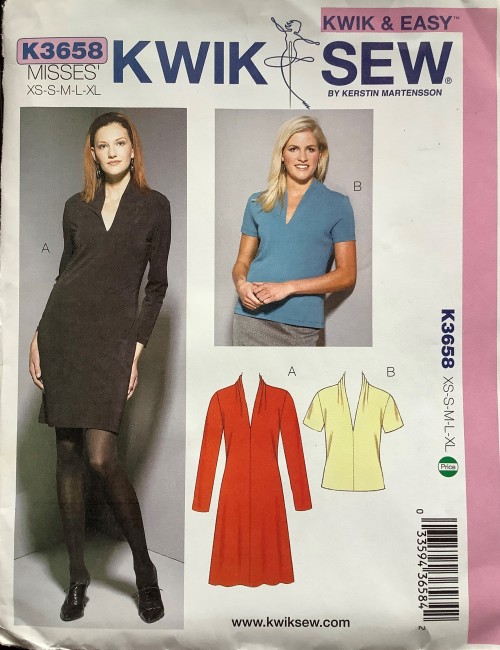#garment design
Credit: Video by Alexandre de Bellefeuille - Photos by Malina Corpadean
By Shardell Joseph
Robotic clothing made out of silicone, glass and Polyvinylidene fluoride have been added with electronic devices making each piece of the garment react to its surrounding colour spectrum.

The Montreal-based Fashion Designer, Ying Gao, titled the collection ‘flowing water, standing time’, with the aim of capturing ‘the essence of movement and stability over a period of time. Gao also wanted to focus on the flow of ‘energies’ through a garment, and mirroring the colours in its immediate surroundings.’

This project was inspired by neurologist Oliver Sacks’ novel, The Man who Mistook his Wife for a Hat, in which he relates the story of Jimmie G, a 49-year-old former sailor convinced of being aged 19 since having left the Navy.
Shocked by his own reflection when Sacks hands him a mirror, Jimmie reverts to his 19-year-old self as soon as his gaze leaves the reflective surface. Having lost any sense of temporal continuity, Jimmie lives as a prisoner to this single, perpetual moment, oscillating between a presence to the world and a presence to self.

Reflecting the characters journey throughout the novel, the garments perpetually change between two states as they react to the chromatic spectrum. ‘In order to echo this varying mobility, the garments are capable of chromatic movement, said Gao. ‘Capable of recognising the colours in their immediate surroundings, they are at once liquid and chameleon-like, adapting to the slow rhythm of their ever-changing environment.

‘A mirror effect is at play – the garments are reacting to what they see. Much like Oliver Sacks’ patient, they alternate between what they are, and what they can potentially become – all the while embodying the inherent complexity of all things.’
Study in Blues: Kwik Sew 3658
I have now made a total of 4 different version of this knit top by Kerstin Martensson which was first published in 2012. As I mentioned when I first blogged the pattern, It features a standing shawl collar which is lined by doubling the top half of the pattern and sewing up the center seam to the neckline V. The center back neck seam is then closed and the front meets the back past the top shoulder line. The result is a clean-finished neckline and a lined section over the bust which is useful for sheer fabrics.
This rayon model blend which I found online at Fabric Mart is a very soft fabric which would be perfect for pajamas though my goal was a top for work. I had to bring the neckline up because the drape brought it lower than the synthetic that I used for my muslin. The fabric was a panel print with flowers placed at wide intervals at the diagonal. This is a common placement for large-scale prints and allows you have the informal balance of interest at one shoulder and then at opposite hip on a dress. With top, you make sure to place at the shoulder and then live with cutting off the flowers at the hip.
I was able to make this into a top I can wear to work under a suit. The solid dark blue is mostly what people see with a bit of print at the neckline where you want interest. Take off the jacket, and it easily becomes after-work wear as the large blooms blossom into view. However, I am more convinced than ever that the very soft knits like rayon and modal are for pajamas, unless they are mixed with cotton which gives them more body. Stay tuned for that version.
Post link
Square Sleeves and Round Yolk: The Music Class Blouse
This blouse at BurdaStyle is also dubbed Short Sleeve Blouse 01/2011 and comes as part of a collection called Music Class which has multiple vintage details on its blouses, jackets, and coats. This one in particular intrigued me. The original used loops for the buttons, but I decided to extend the front facings to center the buttons and use buttonholes. Other than that, I did no modifications.
While we don’t often see sleeve attached to blouses with square armholes, they can be found in patterns from the 1930s. We we find one here on a sleeve that flares over the top of the arm and narrows to nothing when it reaches the under arm. I attached the sleeve to the blouse on the vertical seam and then laid the sleeve over the blouse front along the horizontal seam, with seam allowance tucked under, and edge stitched it. Earlier pattern designers preferred laying a pattern piece (with seam allowances pressed under) on top of a another piece and edge stitched when they had a right of acute angle in a design.
Today, we are often told to reinforce the angle seam line with stitching, then clip to the inner corner and then sew the pieces together even as the seam allowance near the clip become TEENY TINY. This creates a far less stable seam and leads to errors during and unravelings after. Laying over was and is often wiser.
Another feature of this blouse is the fabric gathered to the yoke. We do sometimes see gatherings on blouses, especially to replace a dart with the fullness over the front bustline. But we don’t often see them on a rounded yoke to which both front and back and top sleeve edge is gathered. As you can see, you attach those pieces to one another, gather them along their edges and then attache them to the edges of the yoke.
This creates a very soft look around the shoulders, as you can see from their photo, so long as the fabric has a lot of drape. I am using a rayon challis, so it is working. Anything crisper and the sleeves would appear to be taking off in flight, rather than draping, and the whole might seem massive.
I will show you the finished product soon. Meanwhile, you can find this pattern for yourself here. This is PDF pattern that you need to print out, tape together, and add seam allowances and hems.
https://www.burdastyle.com/short-sleeve-blouse-01-2011.html
Post link







